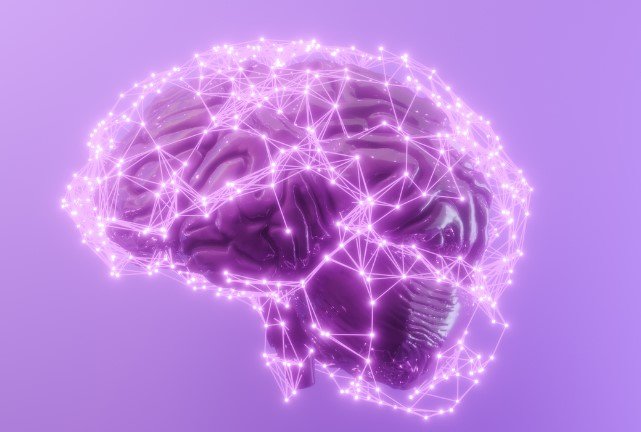The P21 peptide, a synthetic derivative of the larger APP molecule, has garnered significant attention in the scientific community for its potential in treating neurodegenerative conditions and enhancing cognitive functions. This small peptide sequence is believed to play a crucial role in neuronal growth, survival, and repair. Recent studies have highlighted its ability to reverse neurodegeneration, improve cognition, and support new neuron formation in the brain, making it a promising candidate for future therapeutic applications.
Understanding the Mechanism of P21 Peptide
The P21 peptide operates by mimicking the effects of neurotrophic factors, which are proteins that support the growth, survival, and differentiation of neurons. Unlike larger proteins, peptides like P21 can penetrate the blood-brain barrier, offering potential advantages in treating neurological conditions. This unique ability allows P21 to interact with various cellular receptors and signaling molecules, promoting neurogenesis and synaptic plasticity.
Research has shown that P21 can rescue structural abnormalities caused by neurodegeneration and oxidative stress. In studies involving autistic sera, P21 was able to reverse DNA damage and oxidative stress in neuronal cultures. This neuroprotective effect suggests that P21 could be beneficial in treating conditions characterized by increased oxidative stress and neurodegeneration.

The peptide’s impact on brain-derived neurotrophic factor (BDNF) levels is also noteworthy. BDNF is essential for brain health, and its levels are often decreased in neurodegenerative diseases. P21 has been shown to increase BDNF levels, further supporting its potential as a therapeutic agent. By enhancing BDNF levels, P21 promotes neuronal survival and growth, contributing to improved cognitive functions.
Potential Applications in Autism and Neurodegenerative Diseases
One of the most promising applications of P21 is in the treatment of autism. Studies have demonstrated that P21 can mitigate the effects of autistic sera on neuronal cultures, reducing oxidative stress and neurodegeneration. This finding is significant, as oxidative stress is a major factor in the pathogenesis of autism. By addressing this underlying issue, P21 offers a potential therapeutic approach for managing autism symptoms.
In addition to autism, P21 shows promise in treating other neurodegenerative diseases such as Alzheimer’s and Parkinson’s. These conditions are characterized by the progressive loss of neurons and cognitive decline. P21’s ability to promote neurogenesis and protect against oxidative stress makes it a valuable candidate for slowing disease progression and improving quality of life for patients.
The peptide’s anti-inflammatory properties further enhance its therapeutic potential. Inflammation is a common feature of many neurodegenerative diseases, and reducing inflammation can help protect neurons from damage. P21’s dual action of promoting neuronal growth and reducing inflammation positions it as a versatile tool in the fight against neurodegeneration.
Future Directions and Research
While the current findings on P21 are promising, further research is needed to fully understand its potential and mechanisms of action. Clinical trials will be essential to determine the safety and efficacy of P21 in humans. These studies will provide valuable insights into the peptide’s therapeutic applications and help identify optimal dosing strategies.
Researchers are also exploring the potential of combining P21 with other therapeutic agents. This approach could enhance the peptide’s effectiveness and provide a more comprehensive treatment for neurodegenerative diseases. By targeting multiple pathways involved in neurodegeneration, combination therapies may offer improved outcomes for patients.
The development of P21 as a therapeutic agent also raises important questions about its long-term effects and potential side effects. Ongoing research will need to address these concerns to ensure that P21 can be safely and effectively used in clinical settings. As our understanding of P21 continues to grow, it holds the promise of transforming the treatment landscape for neurodegenerative diseases and cognitive disorders.
